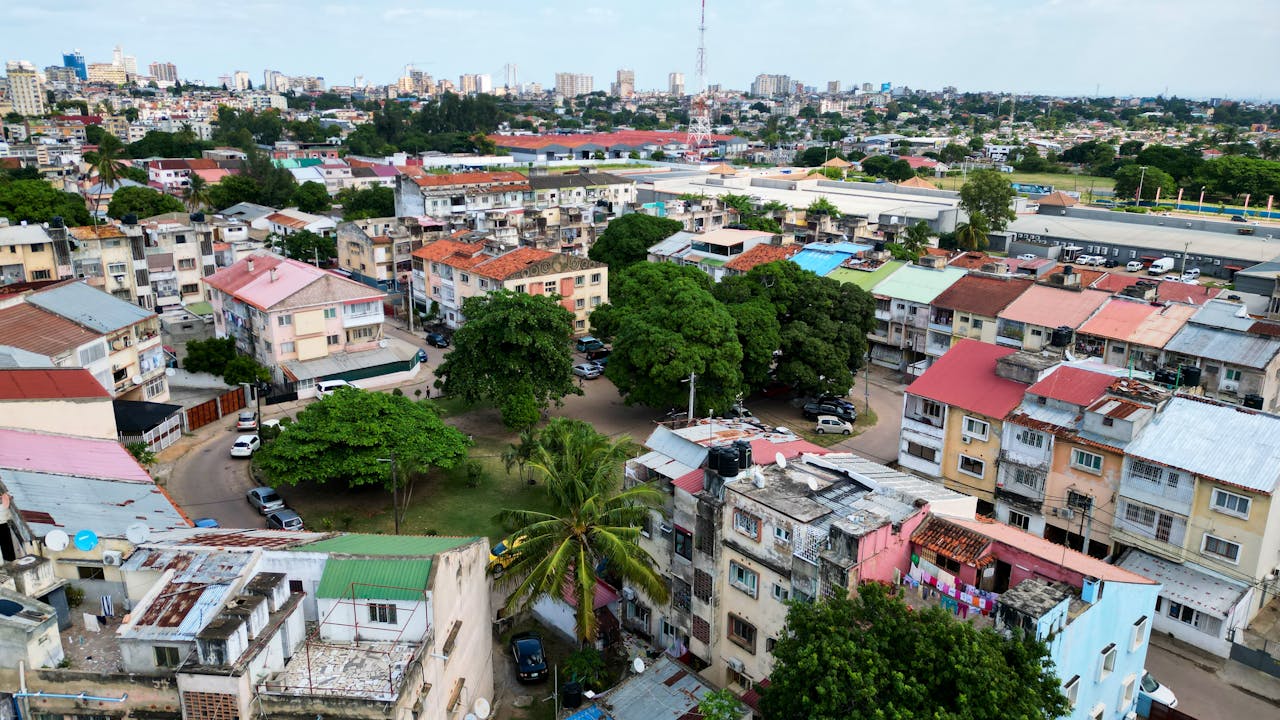- Mozambique slashes prime lending rate to 16%
- Easing campaign aims to support growth amid recession
MAPUTO, MOZAMBIQUE – Mozambique’s commercial banks have lowered the prime lending rate by half a percentage point to 16% for November, down from 16.5% in October.
The decision is part of an extended monetary easing campaign to revive the struggling economy.
The Mozambican Banking Association (AMB), in collaboration with the Bank of Mozambique, confirmed the rate adjustment last week, marking another step in efforts to make borrowing cheaper after years of tight monetary policy.
The prime rate comprises the central bank’s Reference Rate – now at 9.80% – based on overnight interbank transactions, and a Cost Premium of 6.20%, determined by the AMB to reflect sectoral risks. Together, these form the benchmark for all variable-rate lending in Mozambique.
A long easing cycle
The central bank has been gradually reducing borrowing costs since 2022. In late September, Governor Rogério Zandamela announced the 10th consecutive cut to the MIMO rate, lowering it to 9.75% from 17.25% two years earlier – a total decline of 700 basis points.
Zandamela attributed the move to improved inflation expectations, noting that single-digit inflation is likely to persist in the medium term thanks to a stable exchange rate and favourable international commodity prices.
“The central bank will continue normalising rates in the coming months, but in increasingly modest magnitudes,” Zandamela said.
Borrowing costs still high for consumers
Despite the rate cuts, many Mozambicans continue to struggle to access affordable credit. Banks still apply steep additional premiums on loans, pushing effective borrowing costs far above the official rate.
At First Capital Bank, spreads on housing loans can reach 6%, resulting in total rates of up to 22%. Standard Bank adds 6.27% to the prime rate for consumer loans, while ABSA charges a spread of 10.75%.
The burden is worsened by inflationary pressures and a deepening recession. Inflation rose to 4.93% in September from 4.79% in August – its highest since December 2023 – while GDP has contracted for three consecutive quarters: 5.4% in late 2024, 3.9% in early 2025, and 0.9% in the second quarter.
Economists say the latest cuts signal policymakers’ determination to boost growth, but the transmission to consumers and businesses will depend on how quickly commercial banks follow suit.










